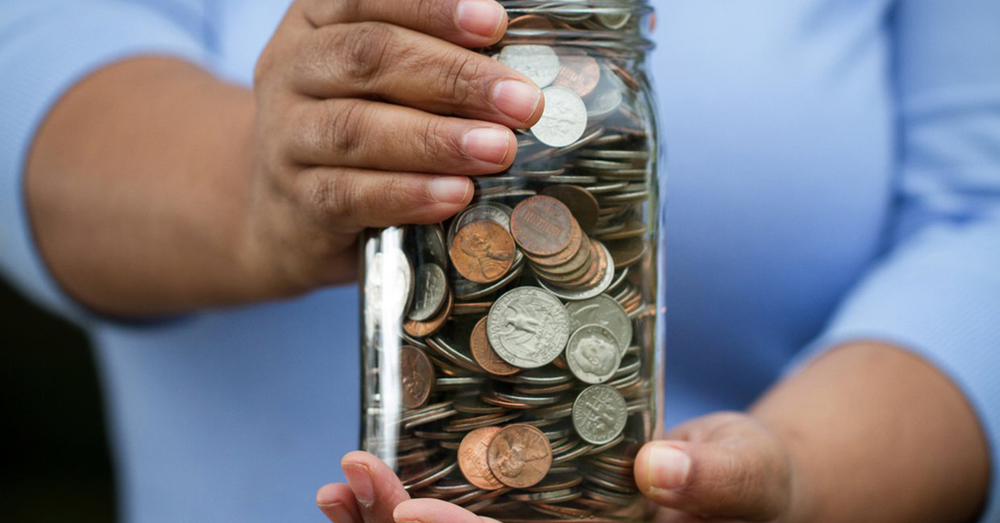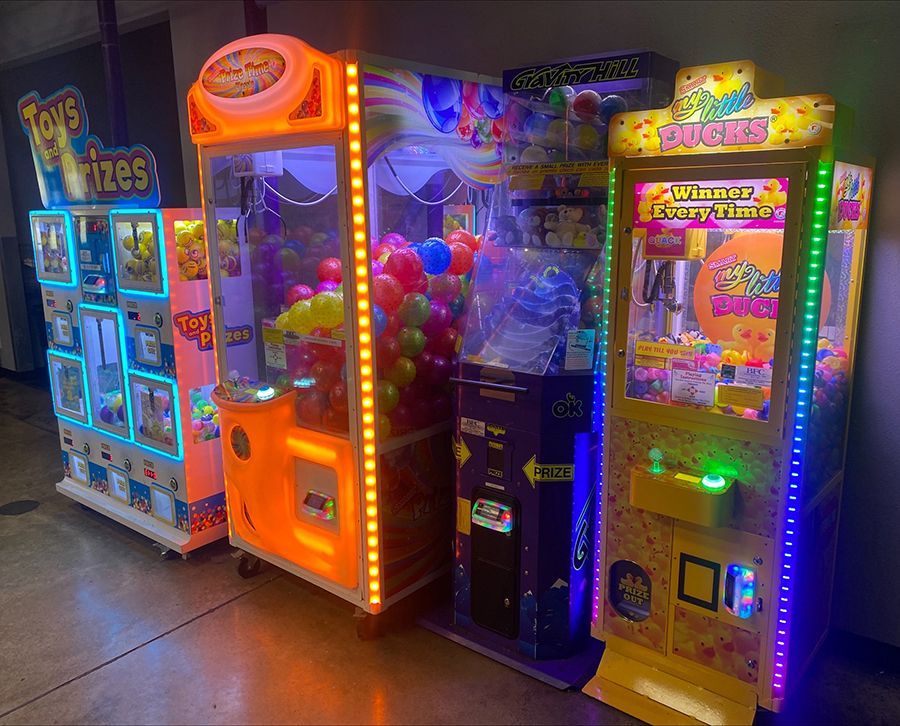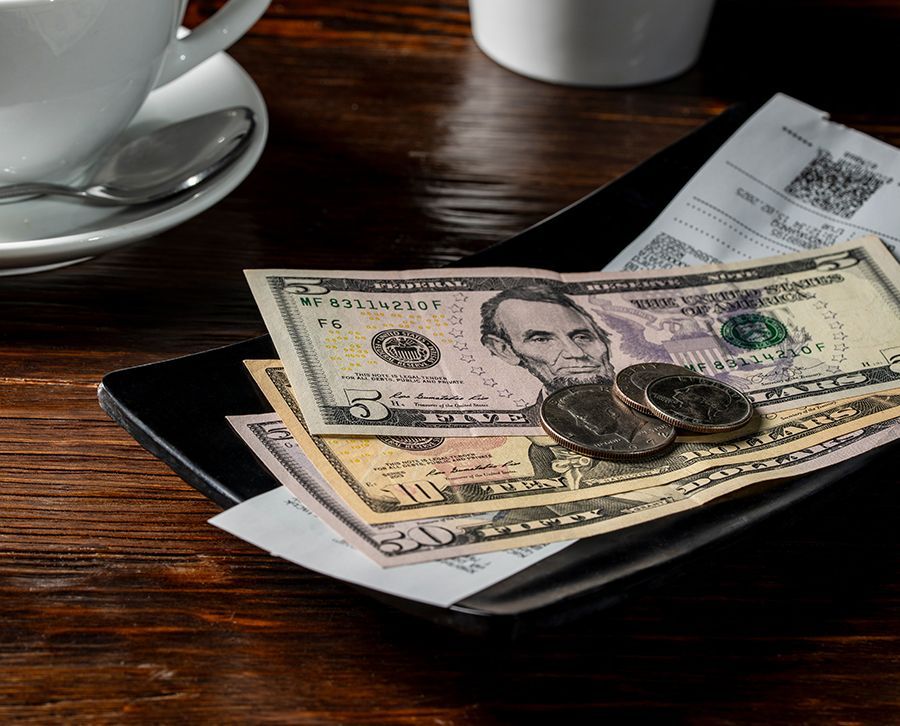
They gather unloved in jars and under cushions, unearthed only when laundry needs doing. They rattle in coat pockets, music to some ears and a nuisance to others. They sink into fountains and lurk in wells, a fortune in wishes but a nightmare to sort and count.
Coins are everywhere until they’re nowhere, and at the moment they’re hard to find. By upending normal habits, the pandemic has dropped them out of circulation and accelerated a trend toward cards, apps and other cashless payments that could eventually make coins obsolete.
China has plans for a digital currency, and the U.S. Federal Reserve is doing “research and experimentation.” Facebook has a currency in the works, and Bitcoin’s evangelists are still preaching. Millions of Americans are skipping right over coins by paying with their phones - or shopping on them.
“There’s a battle for the future of money going on,” said Alex Tapscott, a co-founder of the Blockchain Research Institute, a Canadian firm.
Governments, banks, credit card companies and online communities are among the factions trying to change how people make payments, he said.
“As for cash,” he added, “an elegy is in order.”
How the Coronavirus Sidelined Coins
A funeral for cash has not yet been scheduled, but the pandemic has made it much easier to imagine a world without coins and already reinvigorated the movement to get rid of pennies. For banks, credit card companies and some Bitcoin advocates, the demise of each unit of cash would be welcome news. For small businesses that rely on coins, it’s a slow-rolling earthquake. For archaeologists and collectors, it’s bittersweet at best and a tragedy at worst.
As the coin shortage reached its worst in June, trade groups for grocers, gas stations and convenience stores pleaded for help from the government, calling the coin shortage an emergency that threatened their ability to serve customers and stay in business. The Federal Reserve started rationing coins, and the U.S. Mint kicked production into high gear, urging people to put spare change back in the economy. Major chains like Walmart and CVS asked customers to pay with cards or use exact change, and Chipotle was accused of keeping the change from customers who paid with cash.
Some laundromat owners had to seek out quarters from car washes and others, or even ask employees to guard change machines so that passersby would not use them like banks, said Brian Wallace, the president of the Coin Laundry Association.
“We just happened to be one of those industries where quarters are still king,” he said. “No one wants to be a bouncer, but it really became a necessity.”
Convenience With a Cost
While small businesses have had to adapt reluctantly to a cashless world, many tech firms, banks and credit card companies have pushed for one, said Jay Zagorsky, a professor at the Questrom School of Business at Boston University.
“The economy is bifurcating, sort of splitting in two parts, and there’s one part that’s taking a beating,” he said.
For many people paying for things digitally is a convenience, but for the growing segment of the population in poverty, “going cashless is quite expensive,” he said. Hidden fees, such as for failing to keep a minimum balance in an account or on a prepaid card, can be debilitating.
“If you can’t keep $10 to $15 on a credit card - that’s a great sum of money for some people,” he said.
And for the companies that take a percentage of transactions, it’s a windfall.
“If you take a 2% cut of every transaction that takes place in the United States, that’s billions of dollars” a year, he added.
Tapscott said that credit cards offer less privacy than cash because they leave “a trail of digital breadcrumbs.” Cash can help criminals stay under the radar of the authorities but also provides anonymity to some vulnerable people, he said, such as a woman who wants to evade an abusive husband or a person in recovery from drug abuse.
Planning (and Improvising) Currency
Cryptocurrency advocates like Catheryne Nicholson, the chief executive of BlockCypher, have proposed Bitcoin as a solution to problems in the existing financial system, such as getting loans to the millions of people who do not have bank accounts.
“Bitcoin is for the public good,” Nicholson said in a 2015 video for Singularity University, an organization that aims to expand technology in society. “It’s a universal currency, so it has the same value no matter where you are - a Bitcoin is a Bitcoin is a Bitcoin.”
But Tapscott said Bitcoin and other cryptocurrencies remain relatively niche products, still far from being a feasible, widespread replacement for cash. And some cryptocurrency advocates fear that digital currencies might be curbed by an 1862 law created during a different coin shortage.
In the 1860s, the problem was hoarding - a side effect of the Civil War - so merchants, corporations and local governments tried printing their own money, called shinplasters. Congress tried to stamp out the practice with an 1862 law outlawing such private currency, but the shinplasters flooded cities from New York to Richmond, Virginia.
“We think of the sovereign or the state as having a monopoly on investing money with value, but American history has shown repeatedly that’s not the case,” said Joshua Greenberg, a historian and the editor of Commonplace, a journal of early American life. “Whenever there’s a downturn or a shortage, maybe you just lived somewhere pretty rural, shinplasters filled that void.”
Arguably, isolated versions of shinplasters have reemerged in recent years, he said. In western Massachusetts, you can exchange federal notes for BerkShares. Northern Michigan has Bay Bucks. In central Florida, Disney Dollars can still get you a soda or fries.
The People Saving Pennies
Coins will always have defenders in curators and collectors like the 26,000 members of the American Numismatic Association. The group’s education director, Rod Gillis, hopes they never stop circulating.
“I would really hate for us to become a cashless society,” he said. “I would hate for us to lose our historical perspective.”
He called coins representations of our history and culture at any given moment. Before the penny featured Lincoln, it showed Lady Liberty in a Native American headdress. President Franklin D. Roosevelt landed on the dime because of his efforts to stop polio through the “March of Dimes” of the 1940s.
“The designs don’t just happen out of happenstance,” he said. “You can learn so much about our culture from just learning about what appears on our coins.”
And coins have survived other inventions - paper bills, stock markets, E-ZPass — outlasting many of the monarchies, republics and empires they were made to hold together. Their value as artifacts is “wonderful,” said Dr. Fleur Kemmers, an archaeologist at Goethe University Frankfurt, Germany. She called ancient coins “historic documents,” passed down by people across centuries and continents as they haggled, hoarded and made their way through daily life. She said that in their design, material makeup and discovered locations, coins can reveal clues about culture, politics, religion, industry, trade and household life.
“They are tangible remains of past regimes, yet also part of the daily lives of ordinary people 2,000 years ago,” she said.
Then as now, they became part of little rituals, symbols and gestures. Fearing bad luck, some don’t pick up a penny unless it’s heads-up. Flipping a coin offers a question up to chance. For centuries, people have tossed coins into wishing wells, or now their urban equivalent, the city fountain.
In the ancient Mediterranean, people sometimes placed a coin in the mouth, on the eyes, or in the ashes of the dead, a fare for the mythological ferryman to take souls to the underworld. Coins meant something to the living even in the context of death: Commerce was rolling on somewhere, and the ferryman had to make a living, too.
But Kemmers said that aside from their symbolism, she was “not that optimistic about the long-term future of coins.” With one exception: “Commemorative coins might be something that will last.”
To read the original article in the St. Louis Business Journal (November 25, 2020), , click here .


